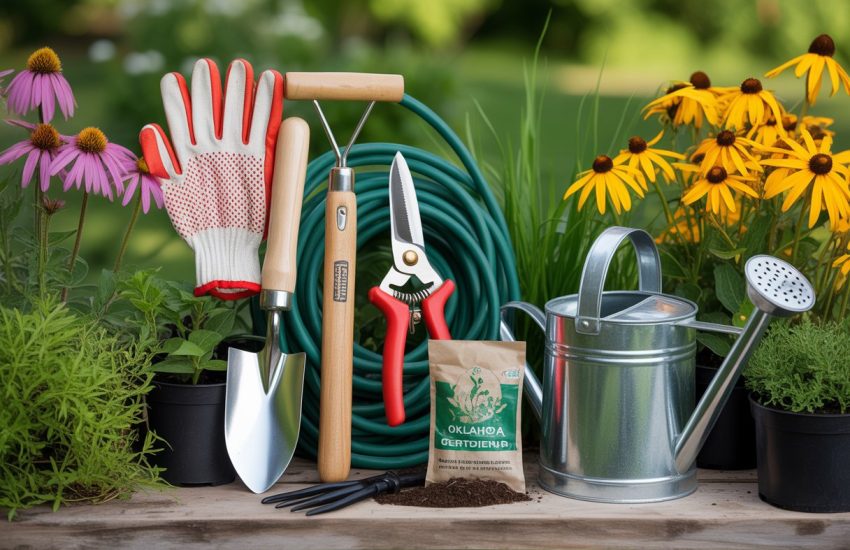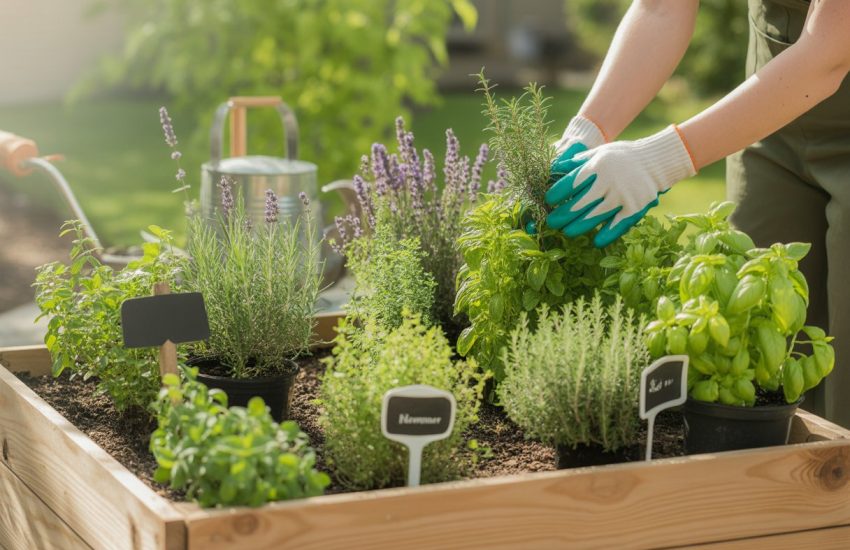When to Repot Fiddle Leaf Fig: A Guide for Healthy Growth
Fiddle leaf figs are a popular houseplant due to their large, glossy leaves and ability to add a touch of greenery to any indoor space. However, like any plant, they require proper care to thrive. One aspect of caring for a fiddle leaf fig is knowing when to repot it.

Repotting a fiddle leaf fig can be a daunting task for those who are new to plant care, but it is an important step in ensuring the plant’s health and longevity. Knowing when to repot is crucial, as waiting too long can cause the plant to become root-bound and stunt its growth.
In this article, we will discuss the signs that indicate it’s time to repot a fiddle leaf fig, as well as the steps involved in the repotting process. Whether you’re a seasoned plant parent or a beginner, understanding when and how to repot your fiddle leaf fig will help it thrive and continue to add beauty to your home.
Understanding the Basics of Repotting
Repotting a fiddle leaf fig is an essential part of its care routine. It ensures that the plant has enough space to grow and thrive. However, it can be a daunting task for beginners. In this section, we will discuss the basics of repotting a fiddle leaf fig.
Signs Your Fiddle Leaf Fig Needs Repotting
It is crucial to identify when your fiddle leaf fig needs repotting. Here are some signs to look out for:
- Roots growing out of the drainage holes
- The plant is top-heavy and leans to one side
- The soil dries out quickly after watering
- The plant has not grown much in the last year
- The roots are visible on the soil surface
If you notice any of these signs, it is time to repot your fiddle leaf fig.
Choosing the Right Pot and Soil
Choosing the right pot and soil is crucial for the health of your fiddle leaf fig. When selecting a pot, make sure it is one size larger than the current pot. A pot that is too large can cause the soil to retain too much moisture, leading to root rot.
Ensure the pot has drainage holes to allow excess water to drain out. When it comes to soil, fiddle leaf figs prefer well-draining soil that is rich in nutrients. A good potting mix should contain a combination of peat moss, perlite, and vermiculite.
When repotting, gently remove the plant from its current pot and loosen the soil around the roots. Place the plant in the new pot and fill it with fresh potting mix, making sure to leave enough space for watering.
By understanding the basics of repotting, you can ensure that your fiddle leaf fig remains healthy and happy.
Executing the Repotting Process
Repotting a fiddle leaf fig may seem like a daunting task, but with the right tools and techniques, it can be done easily and efficiently. Here are some steps to follow to ensure a successful repotting process:
Steps for Repotting a Fiddle Leaf Fig
Choose the right pot: Select a pot that is one size larger than the current pot to allow for growth. Make sure it has drainage holes to prevent water from accumulating in the soil.
Prepare the new pot: Fill the bottom of the new pot with fresh potting soil and create a mound in the center.
Remove the plant from its current pot: Gently loosen the soil around the edges of the pot and carefully remove the plant.
Inspect the roots: Check the roots for any signs of damage or disease. Trim any damaged or dead roots with clean, sharp scissors.
Place the plant in the new pot: Center the plant on top of the soil mound in the new pot and fill in around it with fresh potting soil. Make sure the plant is at the same depth as it was in the previous pot.
Water the plant: Water the plant thoroughly to help settle the soil and eliminate air pockets.
Post-Repotting Care Tips
After repotting your fiddle leaf fig, it is important to take proper care to ensure its health and growth. Here are some tips to follow:
Watering: Water your plant regularly, but make sure the soil is not waterlogged. Allow the soil to dry out slightly before watering again.
Shock: Your plant may experience some shock after being repotted. This is normal and should subside within a few days.
Growth: With the added room to grow, your fiddle leaf fig may experience a growth spurt. Make sure to give it plenty of light and nutrients to support its growth.
Root shock: While repotting, some of the roots may have been damaged or removed. This can cause temporary stress on the plant. Be patient and monitor your plant’s health.
Leaf drop: Your plant may drop some leaves after being repotted. This is normal and should not be a cause for concern.
Misting: To help your plant adjust to its new environment, you can mist the leaves with water to increase humidity.
By following these steps and tips, you can successfully repot your fiddle leaf fig and ensure its continued health and growth.


